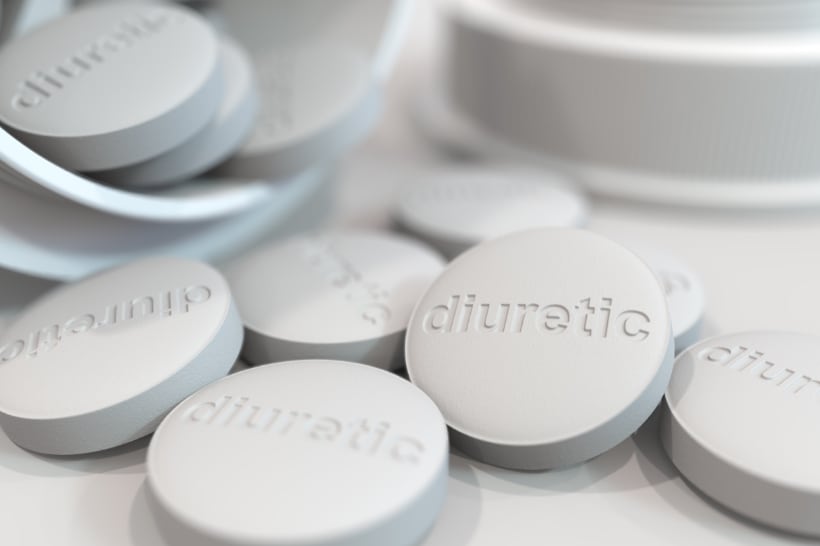By Dr. Oliver Jones
Key points:
- SGLT2 inhibitors have an established role in stable heart failure
- No new diuretic therapies have been introduced for acute heart failure for decades
- A new RCT suggests SGLT2 inhibitors may improve diuresis in acute heart failure without adversely affecting renal function
Circulation this week published original research by P. Christian Schulze and colleagues at University Hospital Jena, Germany, which points to a role for sodium-glucose cotransporter-2 (SGLT2) inhibitors in the treatment of acute heart failure.
SGLT2 inhibitors have in recent years become an established part of guideline-directed medical therapy to improve long-term outcomes in heart failure with reduced ejection fraction, and more recent research has also suggested benefit for some patients in heart failure with preserved ejection fraction.
The prognostic effects of SGLT2 inhibitors are attributed to their osmotic diuretic effect secondary to reduced tubular glucose reabsorption and thus increased glycosuria, as well as cardiometabolic effects that lead to myocardial remodelling.
In contrast, loop diuretics, and other non-SGLT2 inhibitor diuretics, form the backbone of current acute heart failure management, where the principal goal is offloading. Despite their recognised diuretic effect, the role of SGLT2 inhibitors in the acute setting is unclear.
Schulze et al published results from their prospective, double-blind, single-centre study, in which 60 acute heart failure patients with evidence of congestion were randomised to empagliflozin 25 mg once daily or placebo within 12 hours of admission, in addition to standard therapy. Patients were aged 18 to 85 (mean 74.7 ± 9.9 years), 68.3% were classed as ischaemic cardiomyopathy, and patients both with and without type 2 diabetes mellitus were included.
The pre-specified primary endpoint of cumulative urine output over 5 days was 25% greater in the treatment arm (median 10.8 L versus 8.7 L, P = 0.003), despite this group receiving lower cumulative doses of loop diuretics. Similarly, from a baseline mean of 3386 pg/mL, NT-ProBNP was reduced by 1861 pg/mL in the empagliflozin arm, versus 727.2 pg/mL in the control arm (P < 0.001).
Notably, this increased diuresis was achieved without any identifiable impact on estimated glomerular filtration rate (eGFR), or other markers of renal injury (total urinary protein and urinary α1-microglobulin), or other safety events – previous studies had raised concerns that early SGLT2 inhibitor use in acute heart failure could lead to an “eGFR dip”.
Although change in weight and New York Heart Association functional class were numerically favourable in the treatment group, they did not meet significance in this small cohort.
These exploratory findings hold promise that SGLT2 inhibitors could represent the first new diuretic therapy for acute heart failure in decades. Further studies, powered for clinically significant endpoints including length of hospitalisation, major adverse cardiovascular events, and even all-cause mortality, as well as rare safety signals, remain necessary to understand whether early SGLT2 inhibitors are beneficial in acute heart failure.
Read the free full text article now at: https://www.ahajournals.org/doi/10.1161/CIRCULATIONAHA.122.059038

